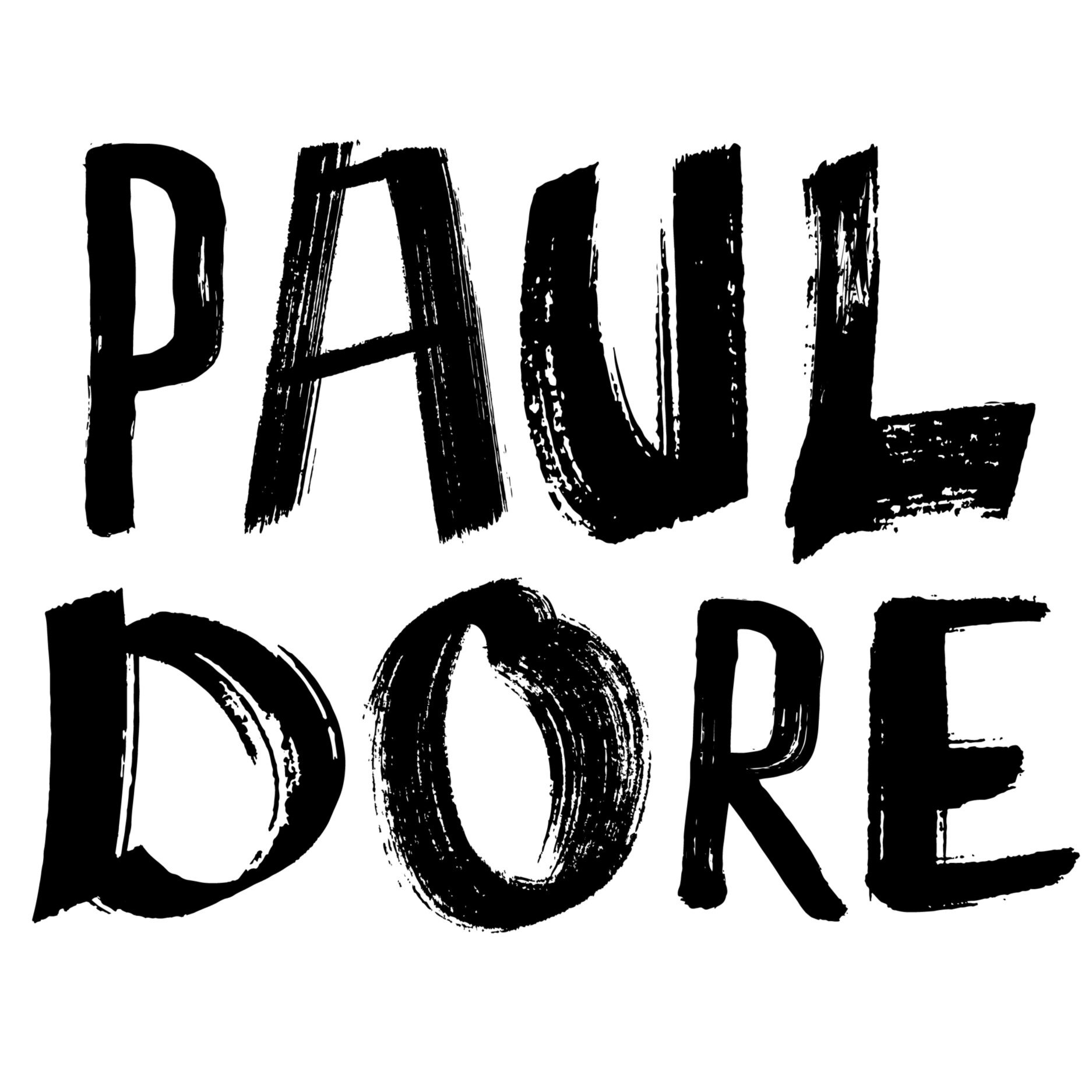1.28 Walking
TORONTO, ONTARIO: Walking is an act of solitude. Or so I always thought. I generally walk to my destination whenever I can. But also, if something is troubling me or I need to think, a walk around the block or down to the lake usually helps work out whatever ails the heart and the head. The streets become vibrant. After walking a while, an awareness seeps in. You see the details of the city and the people lurking in the shadows. Strange things tend to happen when walking. You bump into people you haven’t seen in ages, you recognize other walkers who otherwise would’ve been invisible, street performers sing for you and you catch a glimpse of how people function in the city.
Different cities have different walking patterns. Toronto is a grid city and good for walking. New York is a walking city as much as Los Angeles is an anti-walking city. European cities seem to be built for the long distance walker. You could saunter around London or Paris for days on end and get lost like you’ve never gotten lost before.
Check out this interesting video: Guy Walks Across America.
This fast motion clip of a man walking from New York to San Francisco is amazing, but I think he should have slowed down a bit, enjoyed the walk a little more. To this end, I would like to present a few ground rules for city walking:
1. Keep to your side of the sidewalk. If you drift over into the oncoming lane, confusion sets in.
2. Couples must de-couple. We don’t have to be holding hands all the time, especially if the sidewalk is tight for space.
3. People multi-tasking with coffee cup spilling, pushing over-sized baby carriage and walking the dog on a long leash: Pick one.
4. Slower traffic on the right. If you want to pass someone, don’t hover behind them. Everyone moves at his or her own speed and chances are, the opportunity to pass will arise.
5. Take your time and look around.
I had no idea that the idea of walking has been taken so seriously. Some examples.
In research for my novel, The Walking Man, I came across The International Charter for Walking, founded by the organization Walk 21. A representative from Walk21 states: “Walking is the first thing an infant wants to do and the last thing an old person wants to give up. Walking is the exercise that does not need a gym. It is the prescription without medicine, the weight control without diet, the cosmetic that can’t be found in a chemist. Walking is convenient, it needs no special equipment, is self-regulating and inherently safe. Walking is as natural as breathing.”
Through further research, I discovered the concept of a flâneur in the book Stroll by Shawn Micallef. He describes a flâneur as, “someone who wanders the city with the sole purpose of paying attention to it.”
Philosopher Walter Benjamin wrote about the flâneur in his book on Paris, The Arcades Project: “With each step, the walk takes on greater momentum; ever weaker grows the temptations of shops, of bistros, of smiling women, ever more irresistible the magnetism of the next street corner, of a distant mass of foliage, of a street name.”
So, you see, walking is not just a function of getting from here to there. It can help us view the world we interact with everyday through a different lens. I recommend you go out for a walk and get lost. You never know what you’ll find. And please, share your walking stories.
